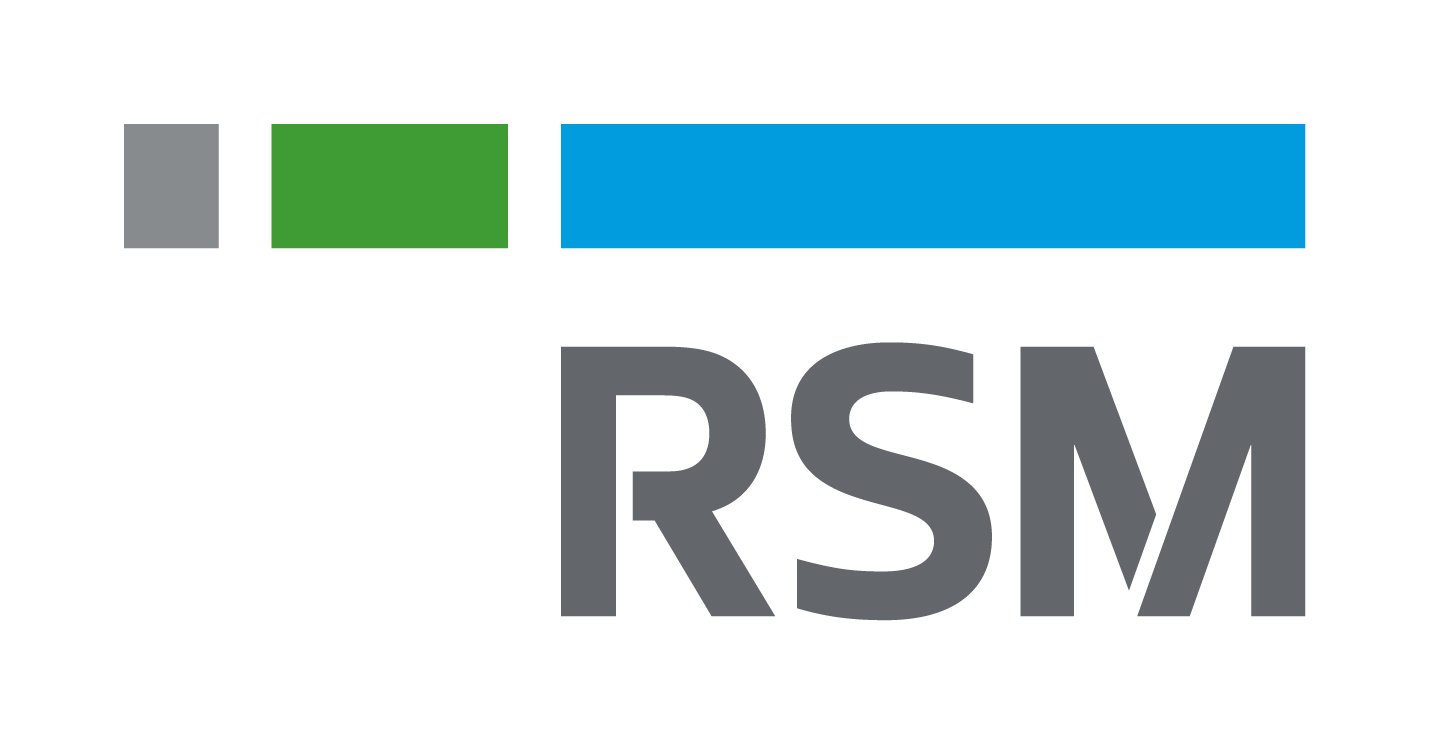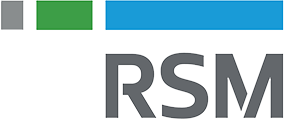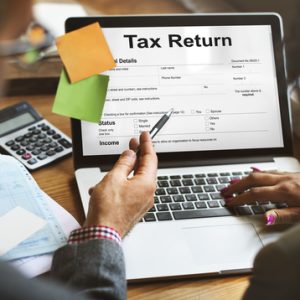On the Digitalization of Yearend Adjustment in Japan
September 20, 2020
Introduction
The time for this year’s yearend adjustment has come. Due to the widespread application of telecommuting and remote work due to the impact of COVID-19, this year’s yearend adjustment is expected to be more difficult than ever before considering its traditional paper-based procedure of distributing and collecting applications.
Under these circumstances, the digitalization of the yearend adjustment procedures have started from October this year. Made as a response to the amendment of the 2020 tax system, this allows employees to electronically submit the certificates of deduction for life insurance premiums, earthquake insurance premiums and special exemption for housing loans, etc. to the company (workplace) from the yearend adjustment for 2020.
As things are now, a paperless yearend adjustment procedure would not only improve the efficiency of the yearend adjustment procedure, but also encourage the wide application of remote work. In this article, we would like to take a look at the specific changes and advantages of the paperless yearend adjustment procedure, as well as the preparations for the computerization of the yearend adjustment procedure.
What is a yearend adjustment?
Let’s first discuss what “yearend adjustment” refers to.
The yearend adjustment is a procedure that calculates the tax amount due at end of the year, taking into account deductions and other factors, and adjusts any excess or lack of withheld income taxes by means of collection and refund. Exemptions for spouses, deduction for dependents, deduction for insurance premiums of life insurance, deduction for mortgage loans, etc. can be applied to the income of salaried workers, and the exact amount of income tax due for the year is determined only after taking all the deductions into account and recalculating them at the end of the year.
Overview of the Digitalization of Yearend Adjustment Procedure
In order to help you visualize the electronic yearend adjustment process, we have compiled the following information in a comparative format with the traditional year-end reconciliation process.
Comparing Current and Digitalized Yearend Adjustment Procedures
| [Current] | [Digitalized] | |
|---|---|---|
| ① | The employee receives physical documentation proving their deductions (e.g., a postcard) from the insurance company. | The employee receives electronic documentation proving their deductions from the insurance company. |
| ② | The employee transcribes the contents of the document (postcard, etc.) received in ① in their application for deduction for insurance premiums form, etc., and calculates the amount of deduction. | The employee imports the electronic data in ① into the yearend adjustment software* that automatically enters the information and calculates the deduction. |
| ③ | The employee submits a physical copy of application for deduction for insurance premiums form, etc. from ② and the insurance documents from ① to their employer. | The employee submits the electronic data of their yearend adjustment data (②), and insurance data (①) to their employer. |
| ④ | The employer calculates the annual tax amount based on the information included in the application for deduction for insurance premiums form, etc. ③ and reconciling them with the deduction certificate and other documents. | The employer imports the electronic data submitted in ③ into a payroll system, etc. that automatically calculates the annual tax amount. |
| ⑤ | The employers retain the documents provided by their employees for 7 years. | The employers retain the data provided by their employees for 7 years. |
* The “yearend adjustment software” refers to the software released by the National Tax Agency that allows employees to easily create yearend adjustment reports using data such as deduction certificates and create electronic data or documents that can be submitted to their employers. This software is offered for free. Other alternative software offered by private entities are also available.
As you may gather from the table above, a fully digital system would eliminate the need for paper-based communication, simplifying the process and ensuring accuracy through automated calculations.
Benefits of a Digital Yearend Adjustment Process
Now, let us look at what benefits employees and employers can reap, should their company decide to shift to a digital yearend adjustment process.
Benefits of Digitalizing Yearend Adjustment Procedures
| Employees | Simplifies the preparation of the yearend tax return by eliminating the need for manual procedures (filling out the yearend tax return, calculating deductions, etc.) |
|---|---|
| No need to request reissuance of a physical copy of the deduction certificate or other documents in case of loss | |
| Employer | Use of the yearend adjustment software eliminates the need to calculate deductions |
| Verification/reconciliation of information with deduction certificates, etc. no longer necessary | |
| Fewer transcription errors due to automated calculations, resulting in reduced inquiries with employees | |
| Reduced document retention (storage) costs |
Preparing for the Digitalization
To be able to benefit from the digitalized process, there are some things that you will need to prepare.
The first step is for the company to decide on a basic computerization policy, which can outline the degree of digitalization and timeline for it. Once this policy has been decided, the following preparations must be made in accordance with the policy.
Preparing for Digitalization
| Employer | ① Analysis for the implementation of digitalizationSelect the right software for your company to prepare yearend tax returns. |
|---|---|
② Inform employeesIn the digitalization process, the employees need to prepare in advance to obtain data such as deduction certificates from insurance companies, etc,. As such, it would be best to inform them of the digitalization process beforehand. Disseminating the software and administrative procedures for preparing yearend tax returns as decided in ① is also important. Consideration is also given to the time it takes to obtain a My Number Card, especially when utilizing the Mynaportal, since a My Number Card is required for Mynaportal integration. | |
③ Improve payroll system, etc.It is necessary to import the data of yearend tax returns and deduction certificates received from employees into the payroll system, and the payroll system needs to be modified in order to calculate the annual tax amount, etc. Since the employer will calculate deduction amount for income adjustment from 2020, it is necessary to modify the amount of the exemption. | |
④ File a notification with the National Tax AgencyIf you want your employees to provide their year-end tax returns to you, you must submit an application for approval to submit the necessary information digitally/electronically to the relevant tax office for approval. | |
| Employees | ① Acquire software for the preparation of year-end tax returns |
② Obtain data on certificates of deduction, etc.* When linking with Mynaportal, multiple deduction certificates and other data can be obtained at bulk via Mynaportal, assuming that the insurance company, etc. supports linking/integration with Mynaportal. |
With the digitalization procedure, you may already be considering preparations and noting the changes that need to be made to whatever current system your company is using. However, before any of these can take place, companies must first get approval from the tax office to digitalize their yearend procedures, and not just file a notification. If there is no notice of rejection by the end of the month following the month the application was filed, it is considered to be approved. As such, it is necessary to submit the application to the tax office at least one month prior to receiving data for the yearend adjustment application form from your employees.
As you can see, since a certain amount of preparation is required for complete digitalization, it is likely that it may not be possible this year. In such case, companies may opt instead to digitalize their procedures for the following year, with preparations for the complete digitalization of the documents made in stages.
For example, there may be cases where the insurance company or the bank would also be required to digitize their data for the deduction certificate, but the digitalized data would not be ready in time for this year’s yearend adjustment. In this case, it is still possible to obtain a physical (paper) copy of the deduction certificate and submit the yearend adjustment form through the yearend adjustment software. Although it is still not complete digitalization, this can provide a more efficient method compared to a completely paper-based method.
Conclusion
In this column, we discussed the digitalization of the yearend adjustment process.
Although the “digitalization of the government” has been a phrase used for a while now, the effects of COVID-19 has become an opportunity to strive for digitalization. Although the move to digitalize yearend adjustments had been in-place since the FY 2018 Tax Reform, coupled with more companies adopting the spread of remote work, more companies than expected are likely to be proactive in this area.
Although there is an option not to digitize immediately because of the significant change, digitalization is expected to be widely and swiftly implemented, including administrative procedures. It will be difficult to deal with the digitalization of not only the yearend adjustment process, but also that of public services, which is expected to take place over the next few years. Even if you don’t change to electronic systems soon, you would likely need to review your company’s situation and decide on a policy for the future.







